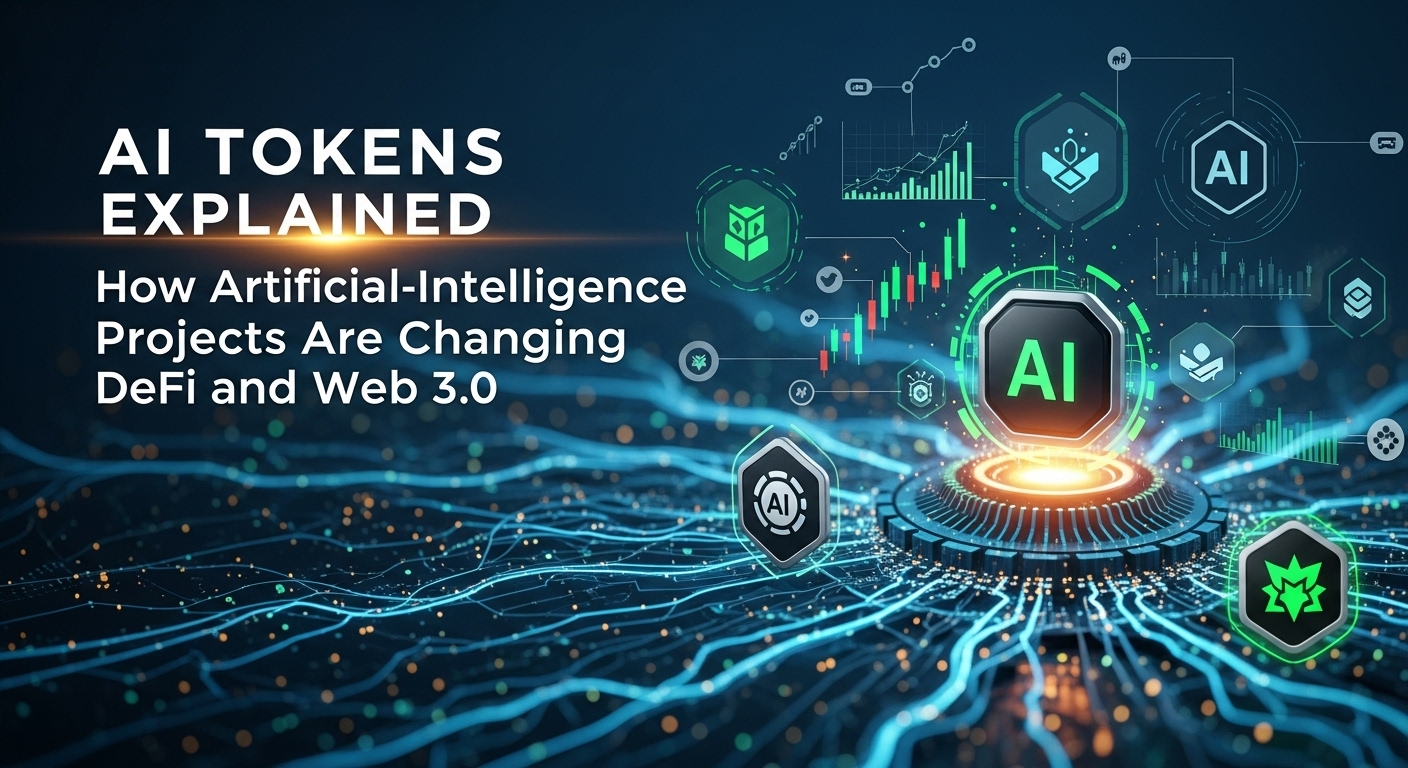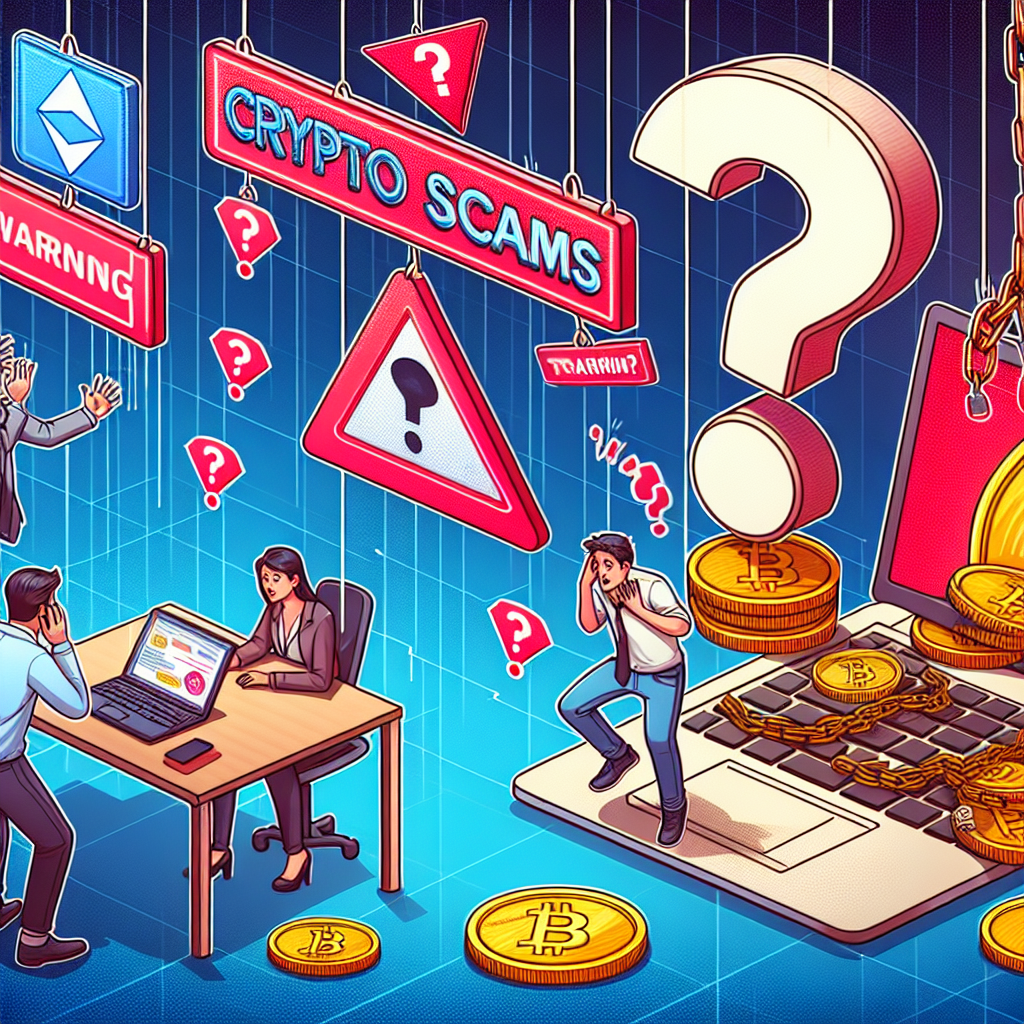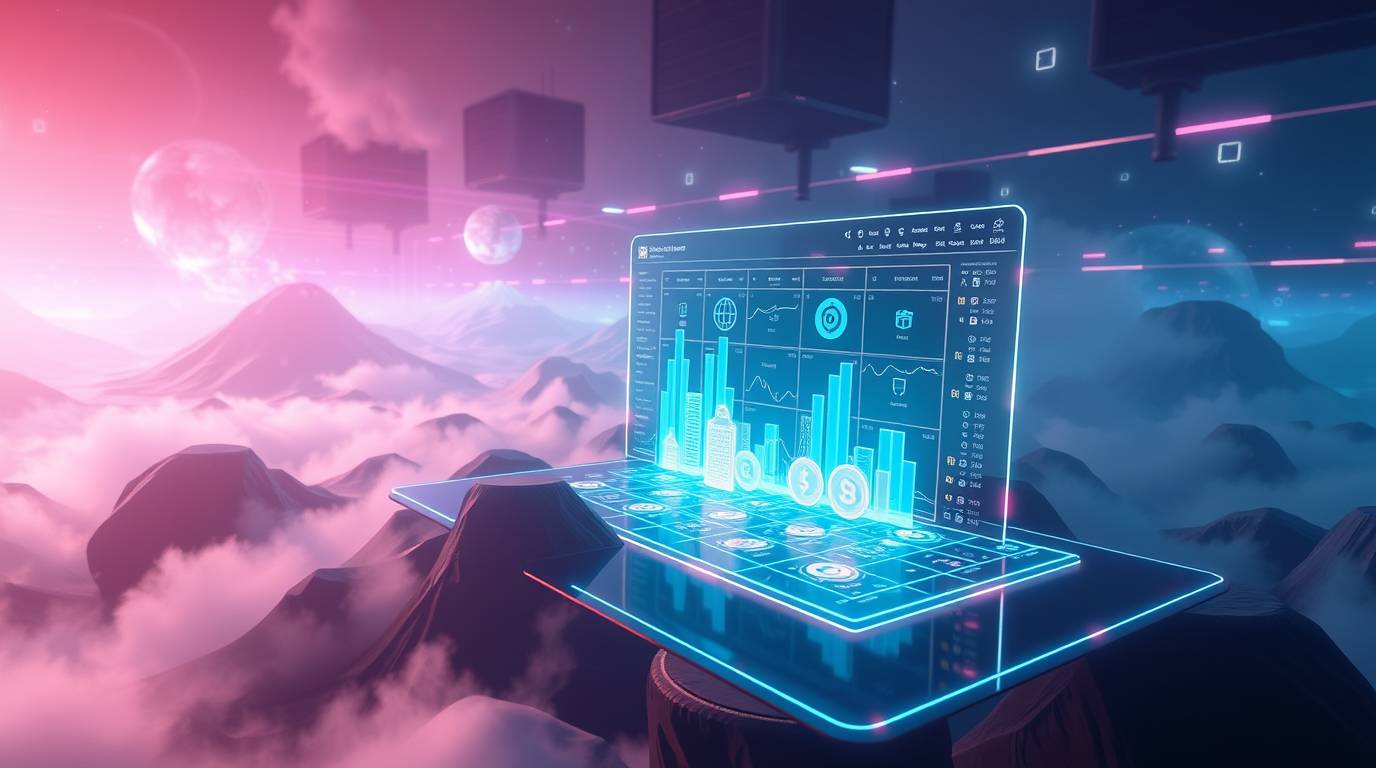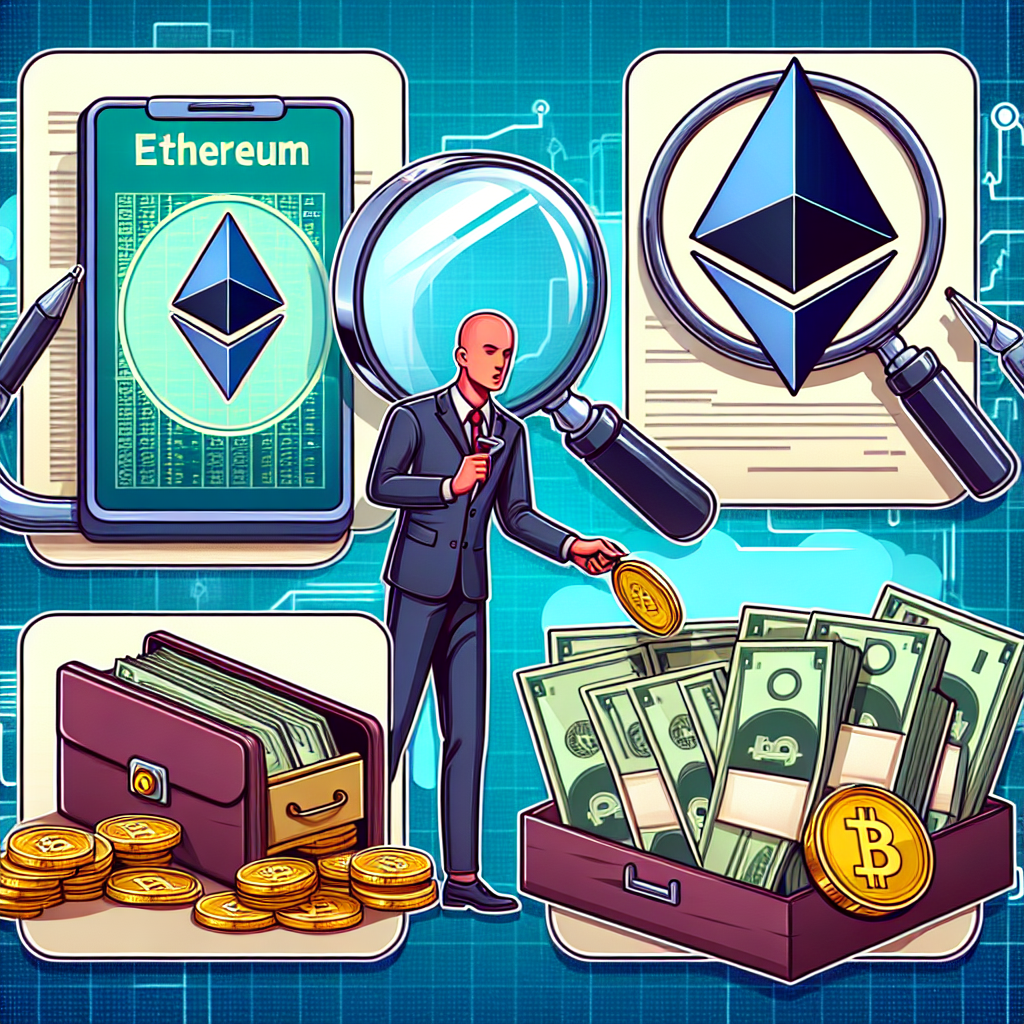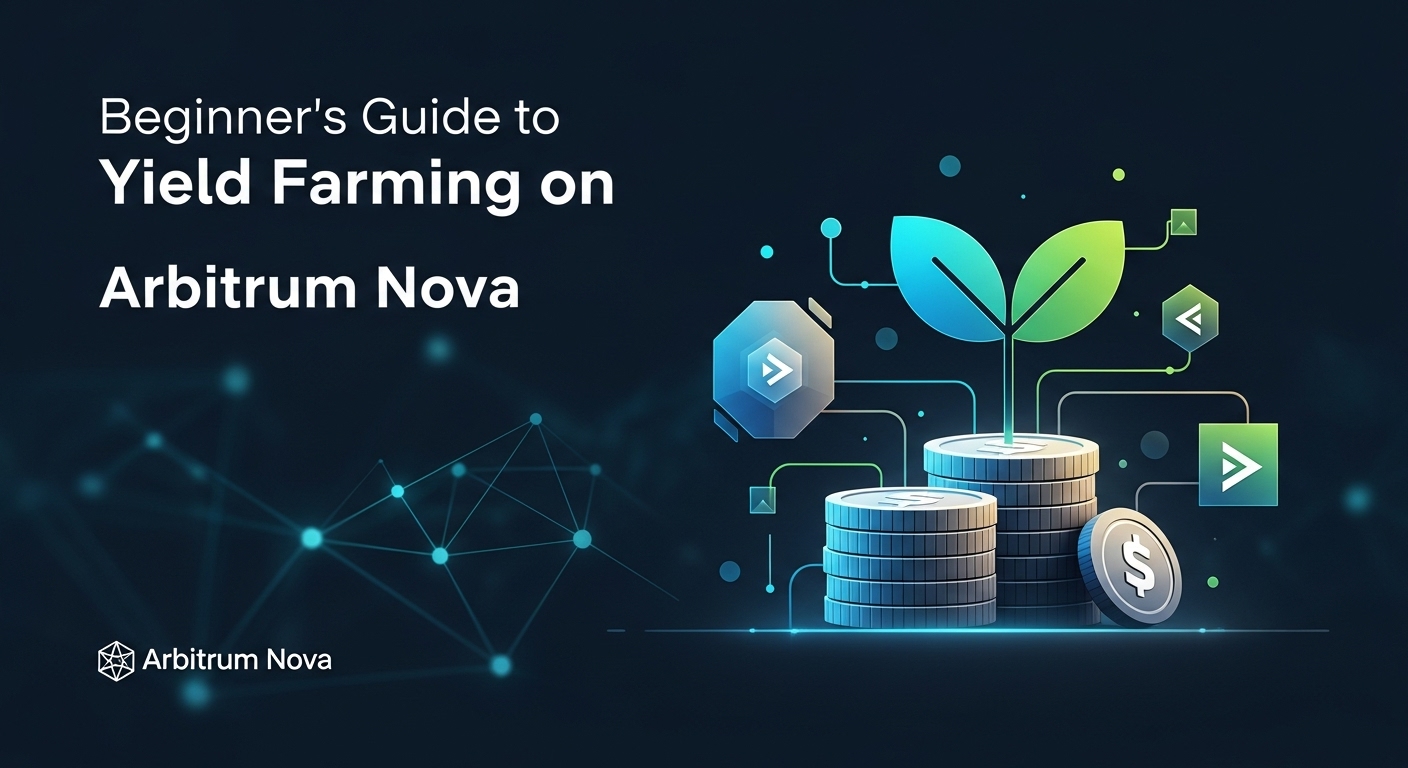Ever heard the buzz about "Web3" and felt a little lost? Don't worry, you're not alone! It's one of those tech terms that gets thrown around a lot, but for beginners, it can sound like something out of a sci-fi movie. But here at Crypto Briefs, we're all about making complex stuff easy to understand.
So, let's break down Web3. Think of it as the next big leap for the internet, building on what we have today but with some seriously cool upgrades.
A Quick Trip Down Internet Memory Lane: Web1 vs. Web2
To really get what Web3 is, it helps to understand where we came from.
-
Web1: The "Read-Only" Internet (roughly 1990s - early 2000s)
- Imagine the early internet as a giant digital library. You could go online, read articles, look at static webpages, and get information.
- Think of websites like early Yahoo! or personal homepages.
- Key characteristic: You were mostly a consumer. You could read, but interaction was minimal.
-
Web2: The "Read-Write" Internet (roughly early 2000s - present)
- This is the internet most of us know and use daily. It's interactive!
- Think of social media platforms like Facebook, Instagram, Twitter, YouTube, online marketplaces like Amazon, or apps like Uber.
- You're not just reading; you're creating content, liking posts, commenting, uploading photos, buying things, and interacting with others.
- Key characteristic: User-generated content and social interaction are central. However, this interaction often happens on platforms owned and controlled by large companies. They own your data, and they control the rules. If you get banned from a platform, all your content and connections might be gone. This is the "centralized" part of Web2.
Enter Web3: The "Read-Write-Own" Internet
Now, imagine an internet where you, the user, are truly in control. That's the core idea behind Web3. It's about shifting power from large corporations back to individuals.
Web3 isn't a single technology; it's more like an ecosystem of technologies and principles working together, primarily built on blockchain technology. If blockchain sounds familiar, it's because it's the tech behind cryptocurrencies like Bitcoin and Ethereum!
Here are the big ideas that make Web3 different:
- Decentralization: This is the big one! In Web2, your data and interactions are stored on centralized servers owned by companies (like Google or Meta). In Web3, data and applications are distributed across many computers (a network of "nodes") around the world. No single company or entity has control. This makes it harder for anyone to censor content, shut down services, or control your access.
- User Ownership: Remember how those big companies own your data in Web2? In Web3, you actually own your digital assets and identity. This means:
- Your Data: You decide who sees your data and how it's used.
- Your Assets: Digital items like NFTs (Non-Fungible Tokens) mean you can truly own digital art, collectibles, or even in-game items, just like you own physical stuff.
- Your Identity: You control your digital identity through a crypto wallet, not through a company's login system.
- Trustless & Permissionless:
- Trustless: You don't need to trust a third party (like a bank or a social media company) to facilitate transactions or interactions. The rules are baked into the code (smart contracts) and enforced by the blockchain network.
- Permissionless: Anyone can participate in Web3 without needing approval from a central authority. You just need an internet connection and a compatible wallet.
How Does Web3 Work (in a Nutshell)?
At its heart, Web3 relies on blockchain technology. Think of a blockchain as a super secure, transparent, and unchangeable public ledger. Every transaction or piece of data added to the blockchain is recorded across many computers, making it incredibly difficult to tamper with.
- Smart Contracts: These are like self-executing agreements stored on the blockchain. They automatically carry out the terms of a contract when certain conditions are met, without the need for an intermediary. They power many Web3 applications.
- Cryptocurrency: While often seen as just "digital money," cryptocurrencies play a vital role in Web3. They can be used to pay for transactions on the network, incentivize participants (like those running the nodes), or grant governance rights in decentralized applications.
- Decentralized Applications (dApps): These are applications built on blockchain networks, rather than on a single company's server. They operate autonomously and are open source, meaning their code can be publicly inspected.
Web3 in Action: Real-World Examples
It's one thing to talk about concepts, but what does Web3 actually look like?
- Decentralized Finance (DeFi): Imagine a financial system without banks. DeFi applications allow you to lend, borrow, trade, and earn interest on your crypto assets directly, often with much lower fees and faster transactions than traditional finance.
- Non-Fungible Tokens (NFTs): These are unique digital assets stored on a blockchain, proving ownership of things like digital art, music, collectibles, or even virtual land in metaverses. With an NFT, you truly own that digital item.
- Decentralized Autonomous Organizations (DAOs): These are organizations run by code and governed by their members, not by a CEO or board of directors. Decisions are made through voting by token holders, making them transparent and community-driven.
- Play-to-Earn (P2E) Games: Unlike traditional games where you buy items but don't truly own them, P2E games allow players to earn valuable in-game assets (often as NFTs) and cryptocurrencies by playing. You can then sell or trade these assets, turning your gaming time into real value.
- Decentralized Social Media: Imagine a social media platform where you control your data, and no central company can censor your posts or ban you without community consensus. These platforms are still emerging but aim to give users more power.
Why Web3 Matters for You
So, why should a beginner care about all this?
- More Control: Web3 gives you more control over your digital life, your data, and your assets.
- Greater Transparency: Because everything is on a public blockchain, transactions and rules are transparent and auditable.
- New Economic Opportunities: From earning in P2E games to participating in new financial systems (DeFi) or even owning a piece of a DAO, Web3 opens up new ways to interact with and benefit from the digital world.
- Enhanced Privacy (Potentially): While blockchains are public, your identity can remain pseudonymous, giving you more control over your personal information.
The Road Ahead: Challenges and What's Next
It's important to remember that Web3 is still very much in its early stages. It's not a perfect, fully formed system yet. Some challenges include:
- Scalability: Blockchains can sometimes be slow and expensive (think high 'gas fees' on Ethereum) when many people use them.
- User Experience: Web3 applications can be complex and less user-friendly than their Web2 counterparts, making them harder for beginners to adopt.
- Environmental Concerns: Some older blockchain technologies (like Bitcoin's Proof-of-Work) consume a lot of energy, though newer, more energy-efficient methods are emerging.
- Regulation: Governments around the world are still figuring out how to regulate this new decentralized space.
Despite these hurdles, the potential of Web3 is enormous. It promises a more open, fair, and user-centric internet where people have more agency and ownership. It's about building a digital world that's less about extracting value from users and more about empowering them.
Wrapping Up
Web3 is a massive shift, and understanding it is key to navigating the future of the internet. It's not just about cryptocurrencies; it's about a fundamental change in how we interact with online services, own our digital identity, and participate in online communities.
For beginners, the best way to learn is to start exploring. Try setting up a crypto wallet, explore an NFT marketplace, or even dabble in a P2E game. The world of Web3 is vast and exciting, and you're now equipped with the basic knowledge to start your journey! Keep an eye on Crypto Briefs for more deep dives into this fascinating space.


